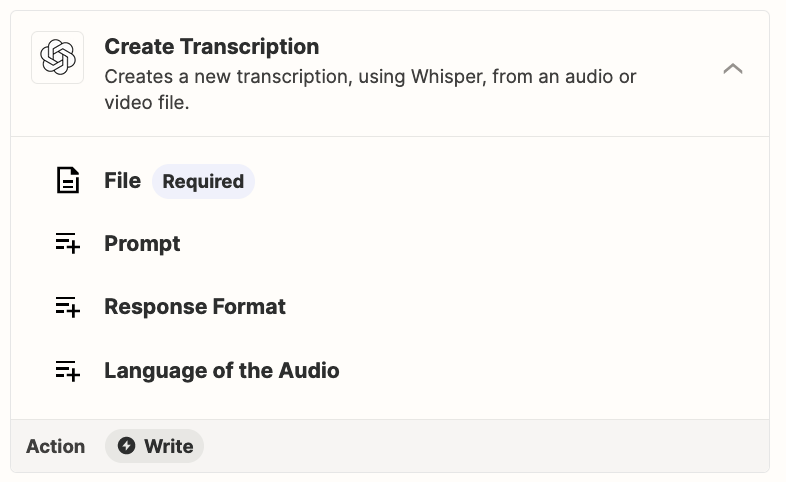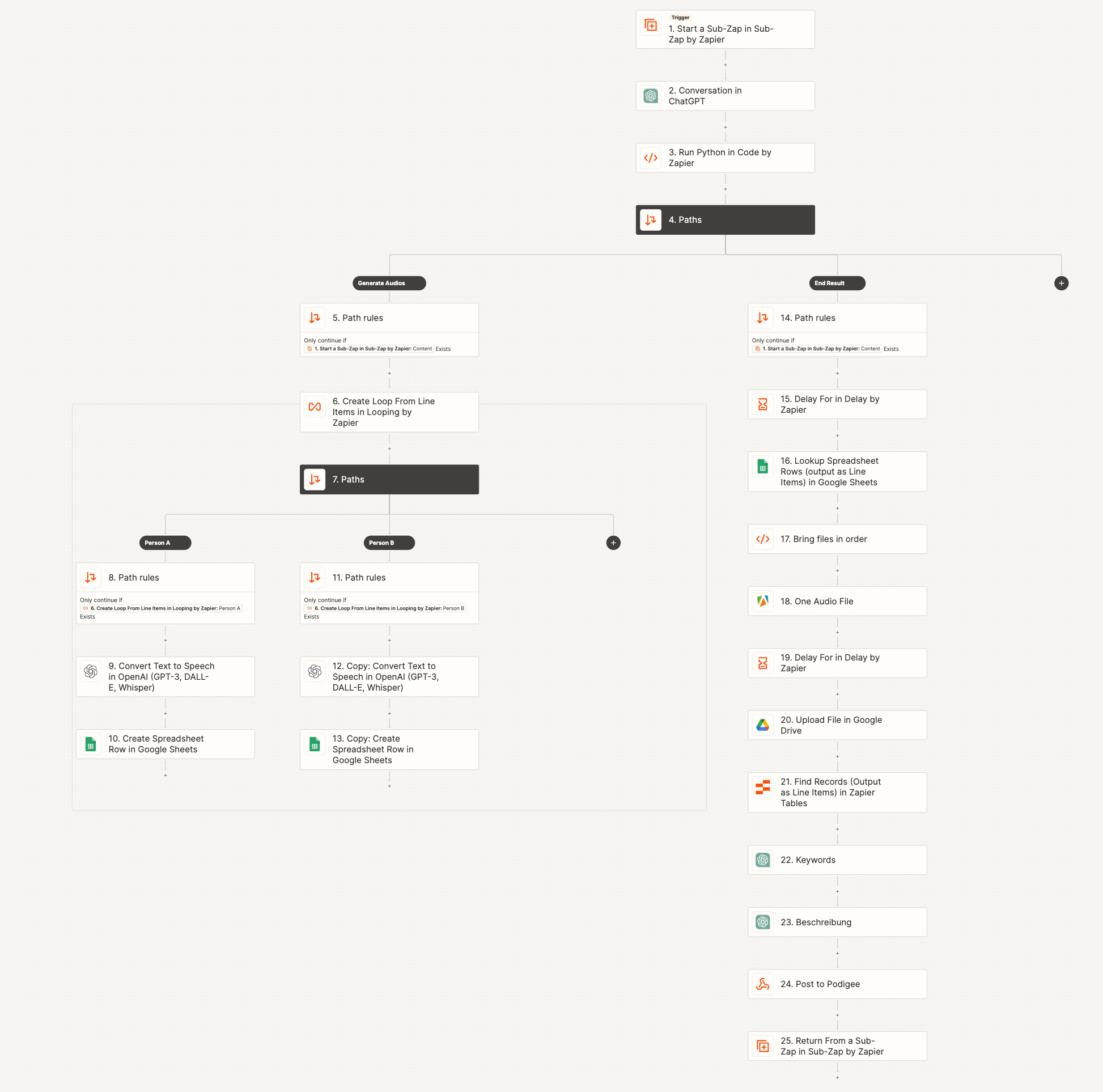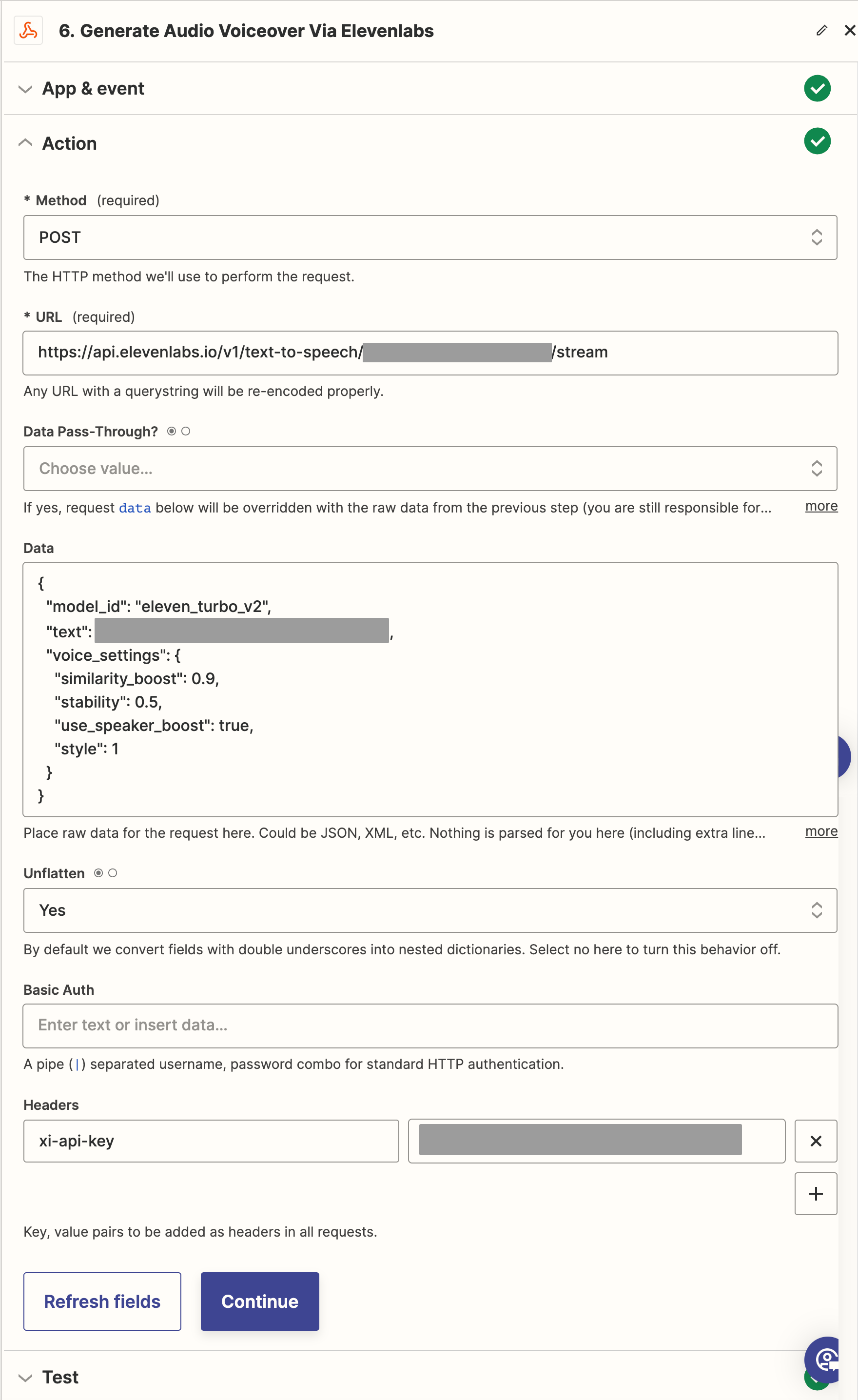I’d ideally like to create a workflow where I take my blog articles and automatically turn them into podcast episodes.
I’ve heard good things from Elevenlabs for ai voice cloning but I’m not seeing a Zapier integration unfortunately. I would like to make this a fully automated no touch solution.
What apps automatically post podcast episodes to all platform channels on your behalf? I’d like to explore options.
Any good AI voice cloning or AI voice apps that work well with zapier?









